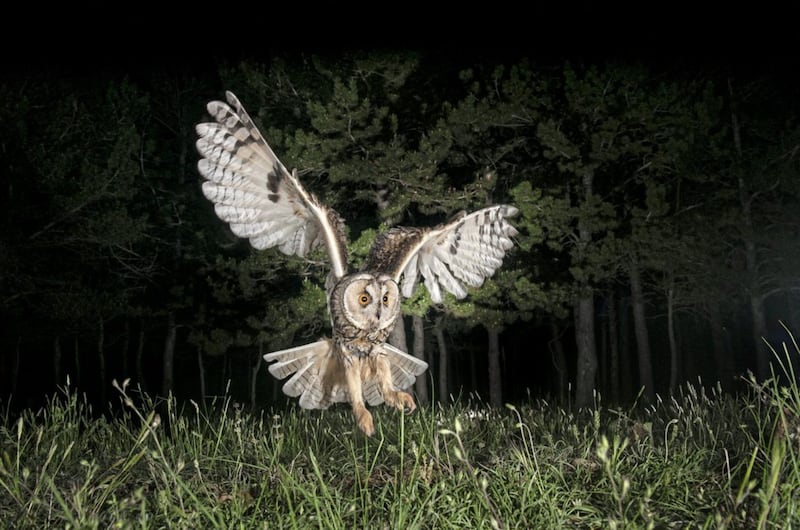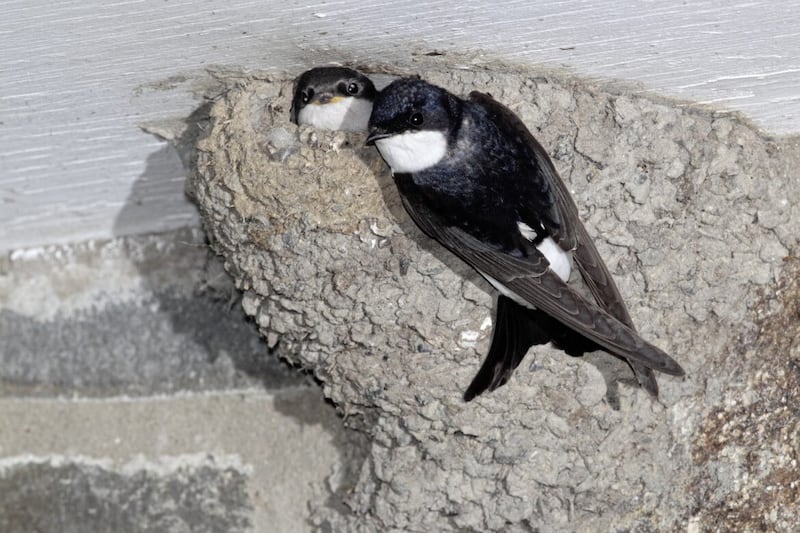IT is strange how things turn up when you aren't looking for them, items from the past, forgotten about, but useful at the time, like the few owl pellets I found last week in a dusty old tin box in the garage.
These sausage shaped objects contain the compacted, undigested food remains from a long-eared owl which were found under a roost site of the bird, on the Boa Island, Co Fermanagh.
At the time, about 15 years ago, I gathered enough pellets for use with a class in school to establish what food items the bird had eaten. Although other species in addition to raptors cough up pellets through the beak, those from owls are especially impressive as they tend to eat their prey whole leaving much more fur and bones in their pellets.
Dissecting pellets and examining their contents reveals exactly what individual birds have eaten, providing important information about their dietary choices and habitat requirements.
Throughout time and amidst many cultures, owls were feared and respected in equal measure. The owl was an emblem for Athene, the goddess of Athens, and viewed as a protector and symbol of wisdom in Greek mythology.
In later history, owls became more associated with witches, and folktales told of their nightly calls as signs of ill omen and impending evil, justifying Chaucer's description of the bird as "the prophete of wo and myschaunce" and reflected in an Irish term for the bird, 'Cailleach oíche', night witch.
The long-eared owl is one of two resident owl species in Ireland, and the one most likely to be seen. The other is the rarer barn owl, with its ghostly white form. Another, the short-eared owl is a scarce winter visitor and occasional breeder.
It's been a few years since I last saw a long-eared owl, on that occasion an injured bird, which unfortunately couldn't to be saved.
While the bird's name comes from the long feathery tufts resembling ears, these are purely for display and not connected with its hearing. Together with its bright yellow eyes and tufts the owl also has the suitable Irish name 'an Ceann cait', the cat's head.
The various shades of brown and beige plumage provide excellent camouflage for long-eared owls and this, combined with their nocturnal habits, makes them a difficult species to see.
Although associated with woodland, especially dense coniferous woods during the breeding season, they also need to be near to open areas of grassland and scrub to hunt for their prey of wood mice, other small mammals and large insects.
Widespread throughout Ireland, Asio otus hunts, with silent wing beats low to the ground and hedges, between dusk and dawn.
Having unearthed these pellets, I decided to carry out a dissection of one of them to reveal again what the owl had eaten all those years ago.
After softening and loosening the grey elongated pellet, about 5cm in length, with some warm water, I used tweezers to carefully tease away some of the fur and hair.
As I meticulously picked through its constituent parts, a picture emerged of the now long-gone lifeforms consumed by this silent predator. Shiny black beetle wing cases broke away, along with the intact skull, vertebrae, ribs, and leg bones of a small rodent, probably Apodemus sylvaticus, the wood mouse. The lower jawbone and red tipped teeth of the tiny pygmy shrew were also present.
As I returned the contents to the dusty tin box for safe keeping, I wondered was this long-eared owl still hunting stealthily along clearings of the Boa Island, under darkened sky, bearing dread on silent wings.









